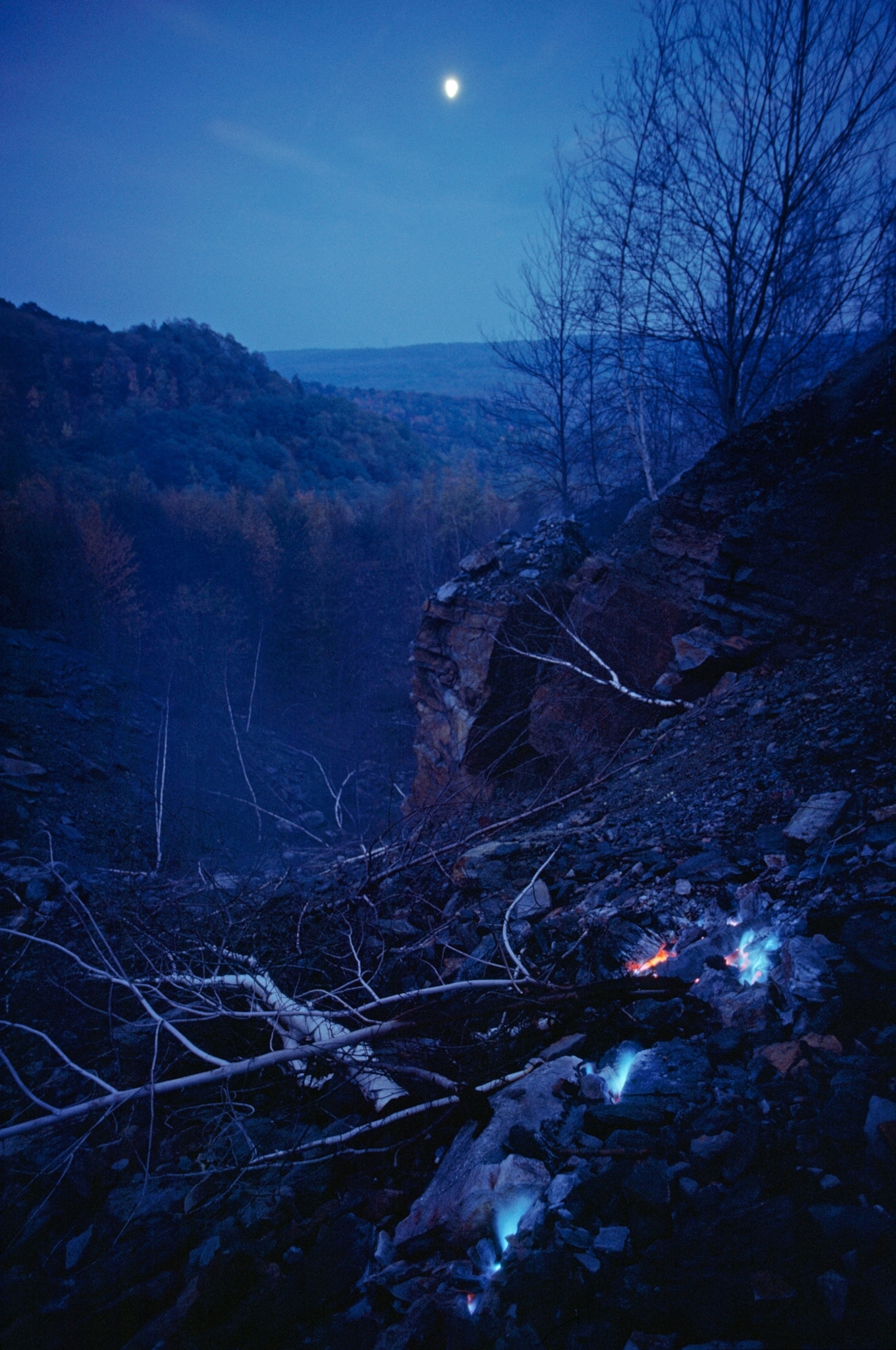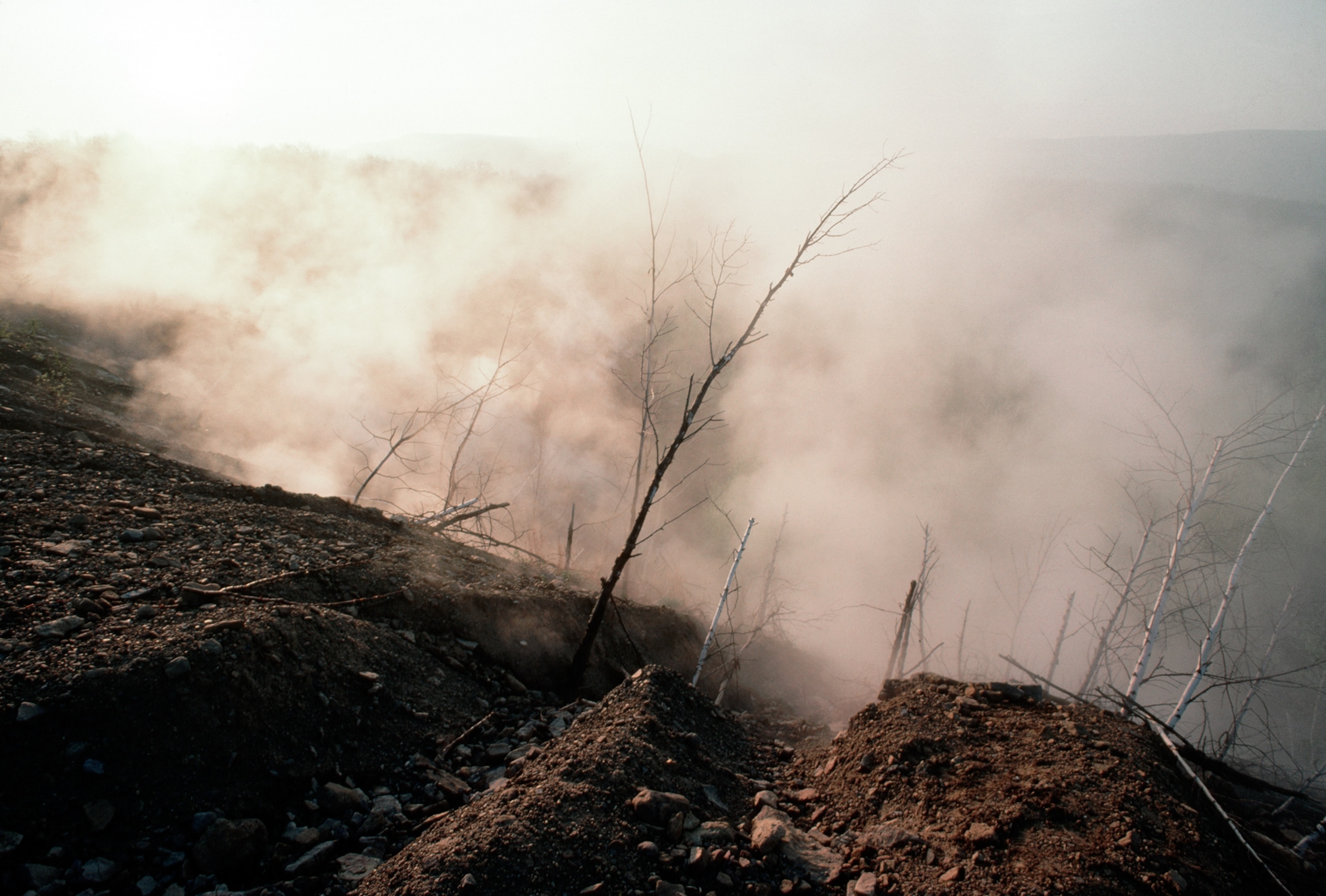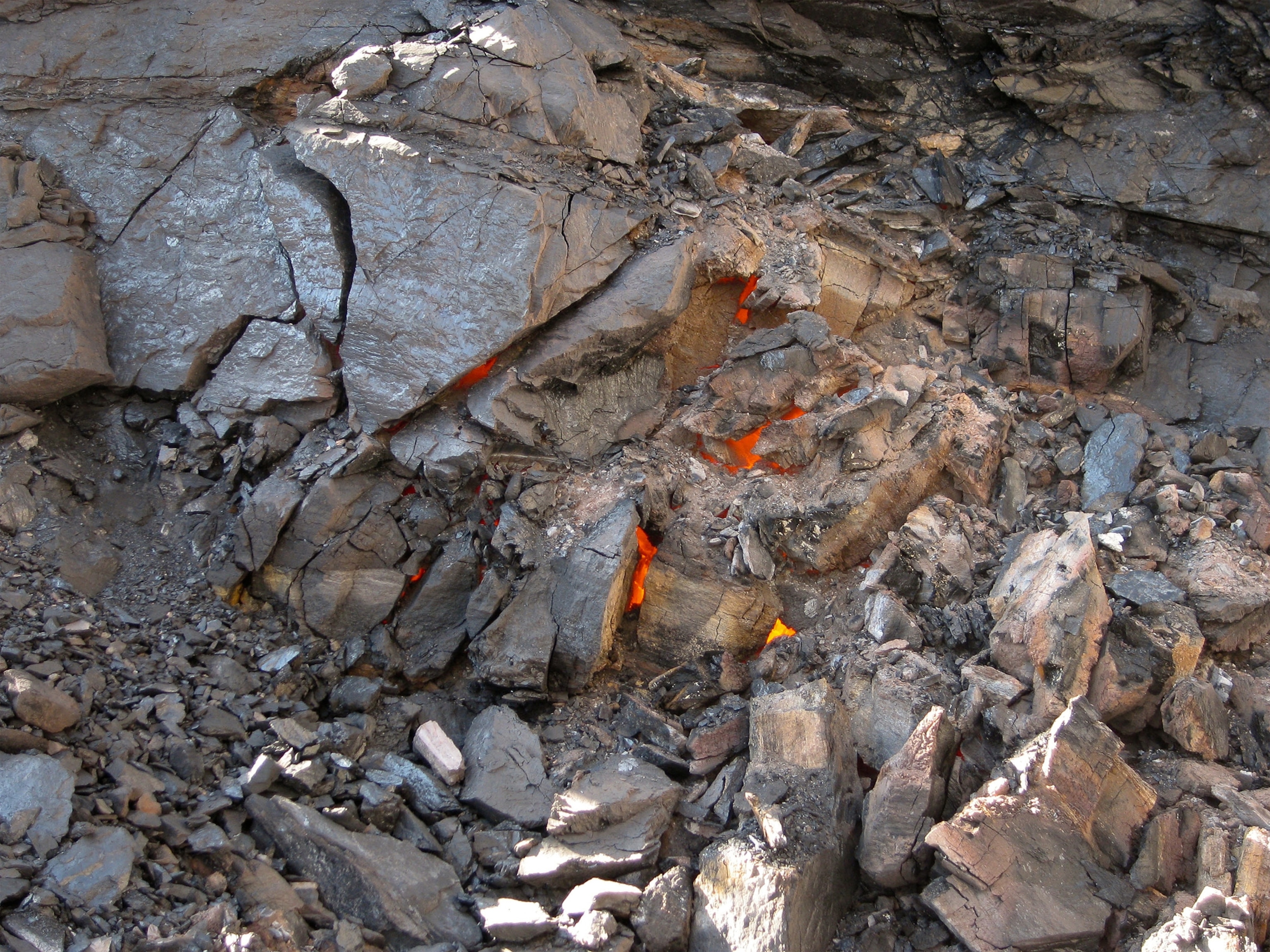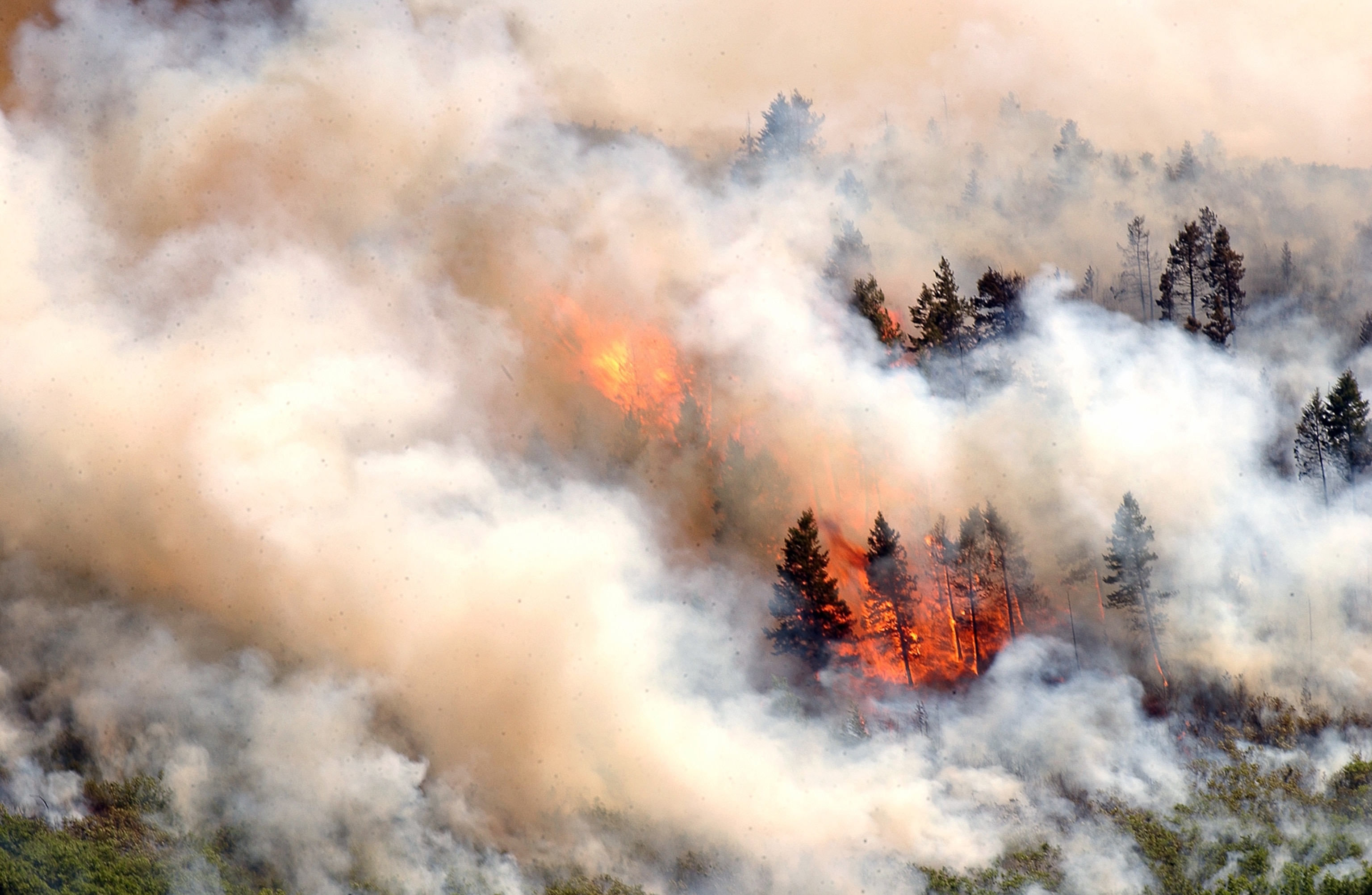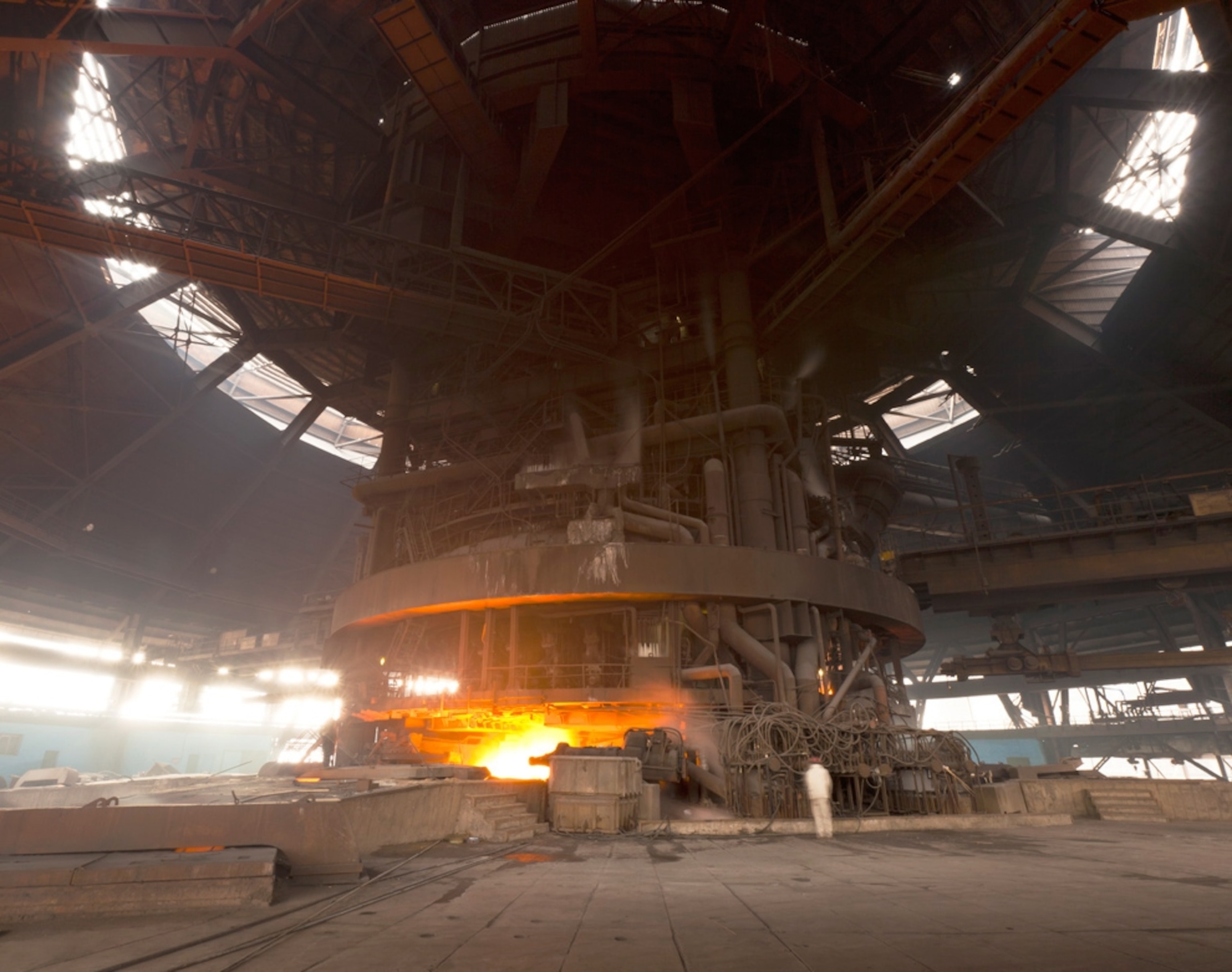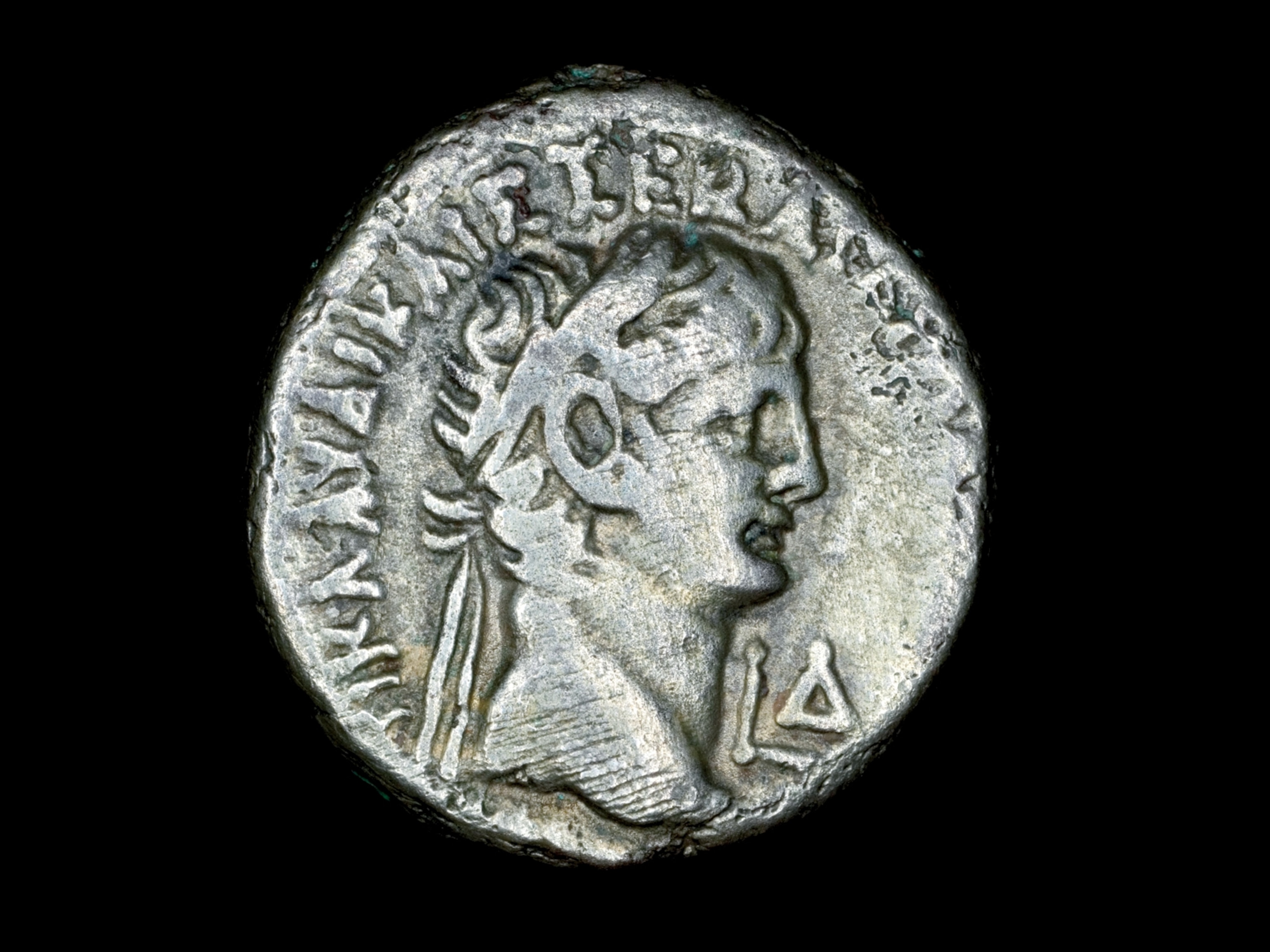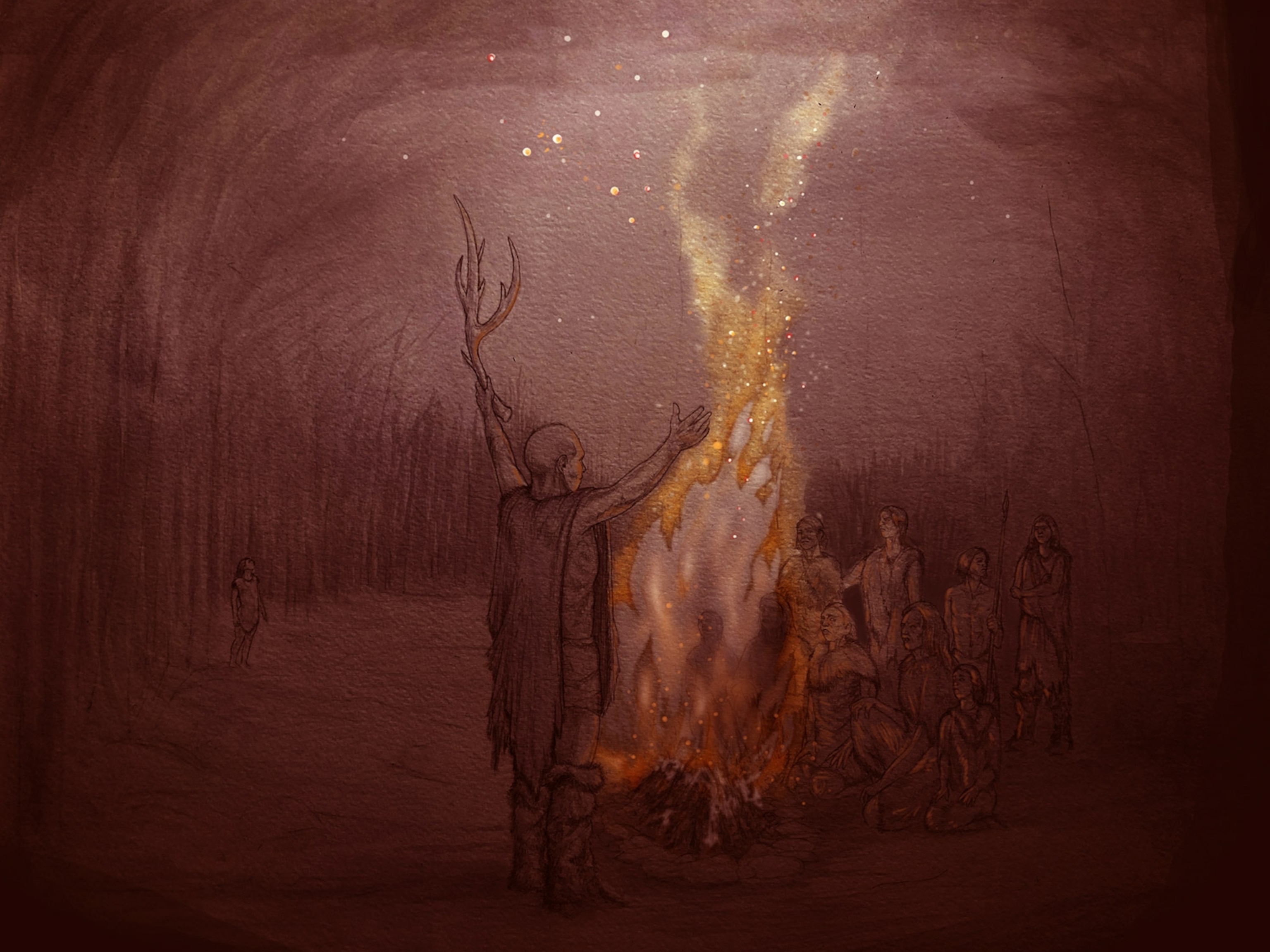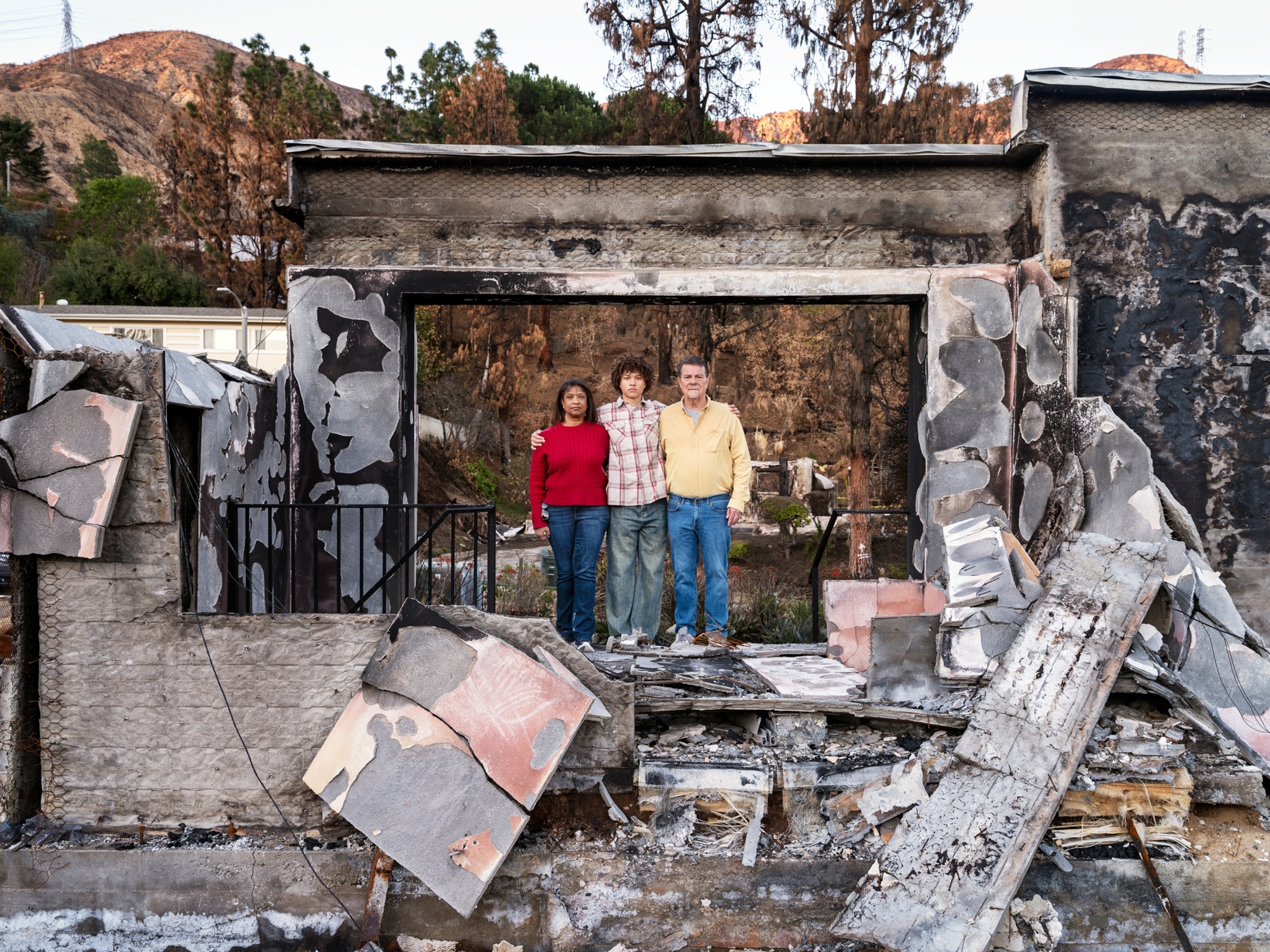1 of 11
Photograph from AP
Pictures: Centralia Mine Fire, at 50, Still Burns With Meaning
The worst U.S. mine fire, in Centralia, Pennsylvania, passed its 50-year mark last year. As coal-powered development spreads globally, so does the risk of underground fire.
January 10, 2013


